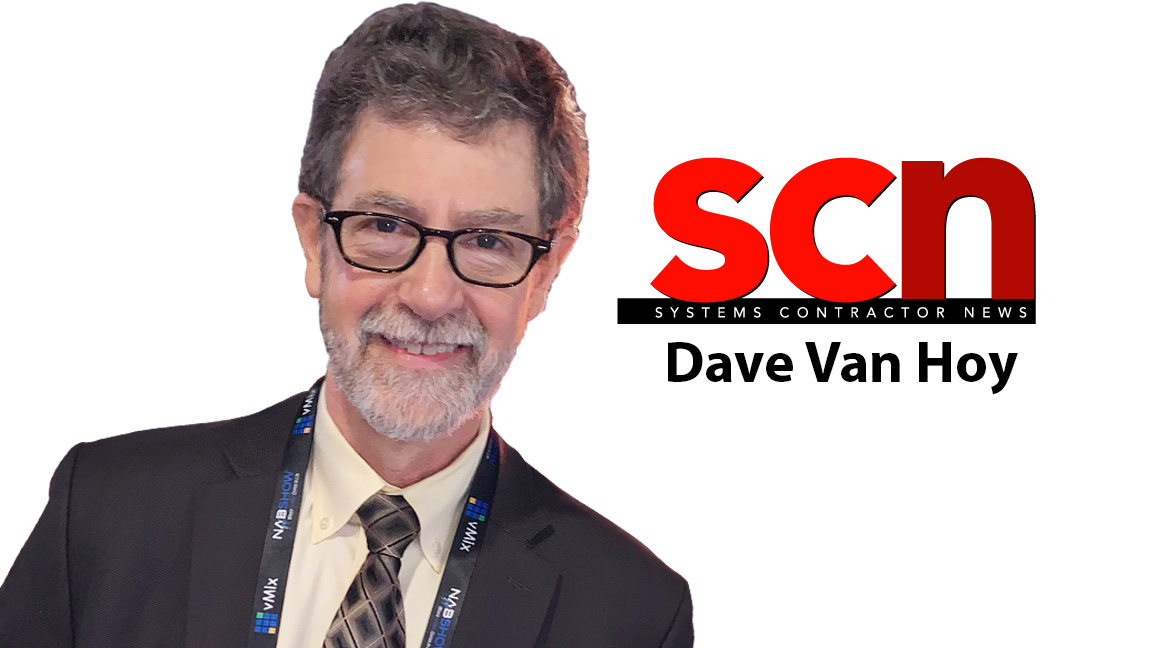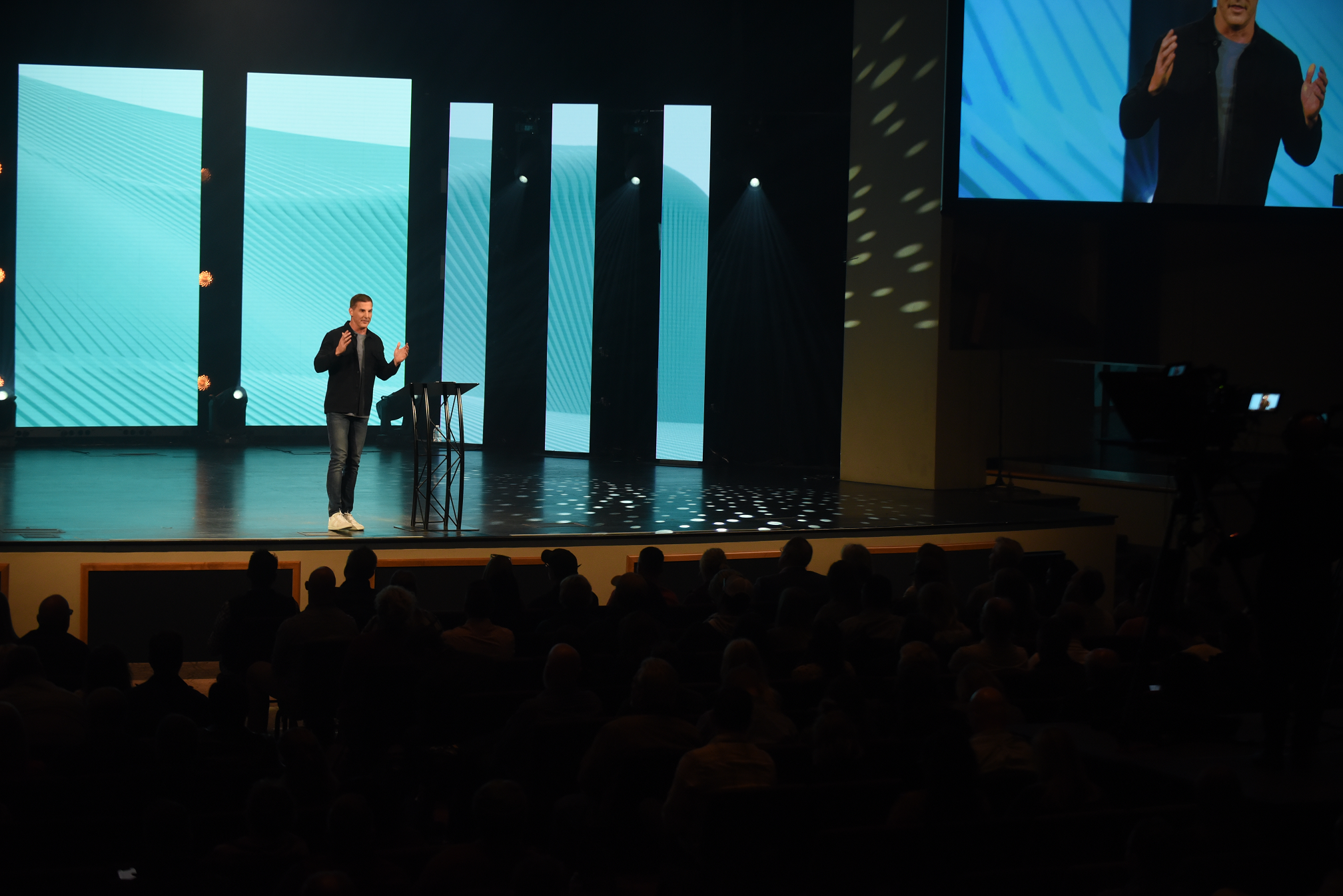Cloud Power: How To Use the Cloud to Deliver SaaS Solutions
SaaS is both a technology model and an economic model.

Software-as-a-Service solutions represent both an opportunity and a challenge for integrators. Before we deep dive into how SIs create a best-case scenario around delivering SaaS, we must address three crucial questions. First, how do you define SaaS? What are the drivers for its explosive growth in the media and entertainment (M&E) industry? And, most importantly for systems integrators, how can we deliver the benefits of SaaS to our clients?
SaaS is both a technology model and an economic model. By migrating infrastructure and workflows to the cloud, SaaS technology gives users the flexibility to scale software-defined services up or down quickly to meet shifting demand. This is a particular benefit as broadcast and M&E users begin to adopt remote production.
[Cloud Power: What You Need to Know About Security in the Cloud]
However, the economic model delivered by SaaS—how we fund our projects and how our clients pay for those goods and services—is its most transformative aspect. Clients pay for software and services as they use them. This can be on a consumption basis or more likely on a subscription basis, with unlimited usage for a set period. Both payment methods shift clients’ upfront capital expenditure to an ongoing operating expense, making SaaS potentially highly cost-effective with a lower cost of entry.
Drivers of SaaS in M&E
Since the primary reason for deploying SaaS is economic, it’s critical as an integrator to be in lockstep with your clients’ financial needs and desires. We find that our most important responsibility today is the financial analysis for our clients’ purchase of services. We need to help them understand the costs and benefits involved in deploying SaaS on their own premises versus in the public cloud, the various models they can use for purchase, and the optimal choice for their needs.
For systems integrators, as well as for our vendors, this is a moment of evolve or die.
To achieve a SaaS model, you need to shift some or all your applications from hardware to a completely software-defined workflow, which is no small challenge. The SaaS business model doesn’t necessarily apply only to the production happening in the cloud or even on an on-premise computer. We’re seeing SaaS in some interesting hardware-defined applications.
Say, for example, I purchased a Grass Valley LDX 86 professional camera. While it comes with a configuration of 720p at 60 fps out of the box, I can load a software key that will turn it into 1080p at 60 fps. Or a different software key could give me 4K UHD progressive on the same camera just by purchasing a software license.
A daily selection of features, industry news, and analysis for AV/IT professionals. Sign up below.
[Cloud Power: Cloud or On-Prem?]
Leveraging the complete capabilities of the cloud, with everything as a service, gives you the ability to deliver more functionality. This includes not just SaaS, but also hardware or Infrastructure-as-a-Service. Virtual production and real-time delivery via the cloud can also deliver operational savings with a SaaS model. In the ultimate operating expenditure financial model, the client has purchased nothing, only rented it for the minimum length of time, yielding the lowest total cost of ownership.

A good example of the economies of Everything-as-a-Service is ASG’s Virtual Production Control Room, which we delivered this year to handle live streaming of an event called the Global Leadership Summit. The client enjoyed real-time, broadcast-quality coverage of the event without any on-prem equipment, with the exception of cameras and microphones.
With remote-managed service, support, and media processing, all necessary production tools and the content distribution network were accessible within an HTML interface. Our client used this cloud production control room only for the length of time the event ran, spending a few thousand dollars for the three-day production instead of hundreds of thousands to build the physical infrastructure.
In another VPCR project for Yahoo, ASG enabled the creation of a cloud production control room that can be used from any of its four locations. Gaining that functionality without building another studio resulted in a massive cost savings. They spent around $400,000 for a virtual studio that would have cost millions to build physically.
Surviving and Thriving with SaaS
Clearly, deploying SaaS delivers huge financial benefits for the client. But as systems contractors, how do we ensure that we can both survive and thrive as more organizations look to benefit from this model?
In the very best of cases, we’re making a small percentage of the cost of the consumed services. Instead of selling hardware for a lump sum, we get that same amount of money—but over many months and assuming the client doesn’t cancel their subscription. How do we make up that difference in cash flow?
[Viewpoint: How Fast is the Pace of Technological Progress?]
The great news is that this is all new tech, so every client needs services like consulting, setup, training, and other ongoing support. If we’ve done our jobs right, we should have built up an ongoing business based on SaaS that, within five years, will begin to reach the same kind of profit numbers we currently see by selling hardware.
For systems integrators, as well as for our vendors, this is a moment of evolve or die. In the transformation to SaaS, there are case studies of significant public companies, such as Autodesk and Adobe, that have successfully evolved to weather this transition. You can learn a lot by studying their challenges and how each were addressed. If you look at their quarterly earnings, both took a horrible beating with a cash flow dip in the middle of the transition period, but they planned their funding to survive the dip.
The most important strategy for systems integrators is to make yourself indispensable by providing very high-value services during the transition. Just understanding this at the top level doesn’t get you there. There are going to be some difficult cash flow moments for sure. But I believe this is one of those moments in business where you can make up a fair amount of ground if you run fast and hard—and deliver your services well.
Dave Van Hoy is the president of Advanced Systems Group, LLC.

